✨Sparkling Specificity✨
“It’s only prompt-engineering if it comes from the O1 region of Cerebral Valley, everything else is just sparkling specificity”
For as long as we’ve had prompts, we’ve been told that prompt engineering will go away in the future. It’s one of those statements that I believe to be true, but also, one that gives everyone lots of false predictions. “Soon we’ll all be able to make apps with just a few sentences” we’re told. I mean, sure. Back when I was a consultant I used to remind clients “Listen, if we remove quality as a prerequisite you’ll be shocked at what we can do quickly and cheaply“.
The thing is that reality has a surprising amount of detail. Pick any app category and you’ll find there’s a shocking amount of slightly different apps. Take something as banal as fasting, i.e. the act of “not eating”, there’s hundreds of “fasting apps” and these are literally just apps that you run while you’re not eating. (granted you screenshot them for the ‘gram, but you get the point)
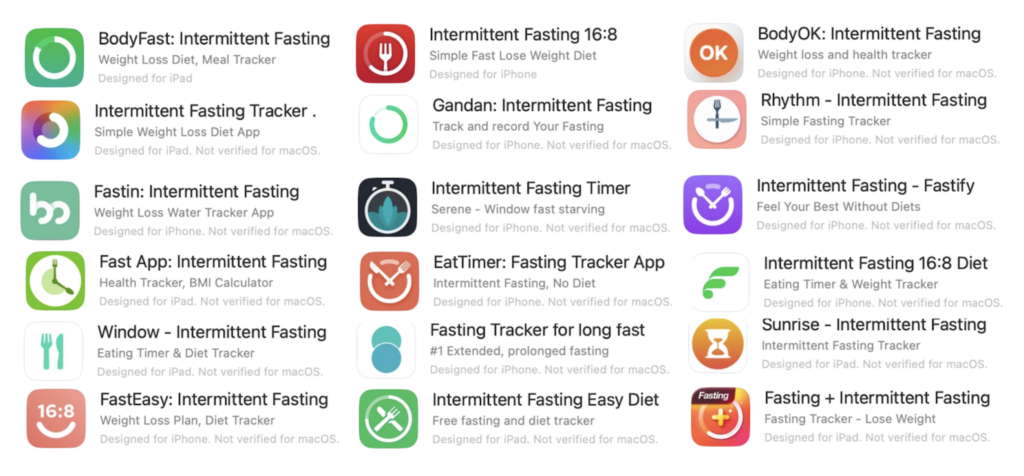
Similarly and more to the point there’s hundreds of to-do apps in the App Store today.
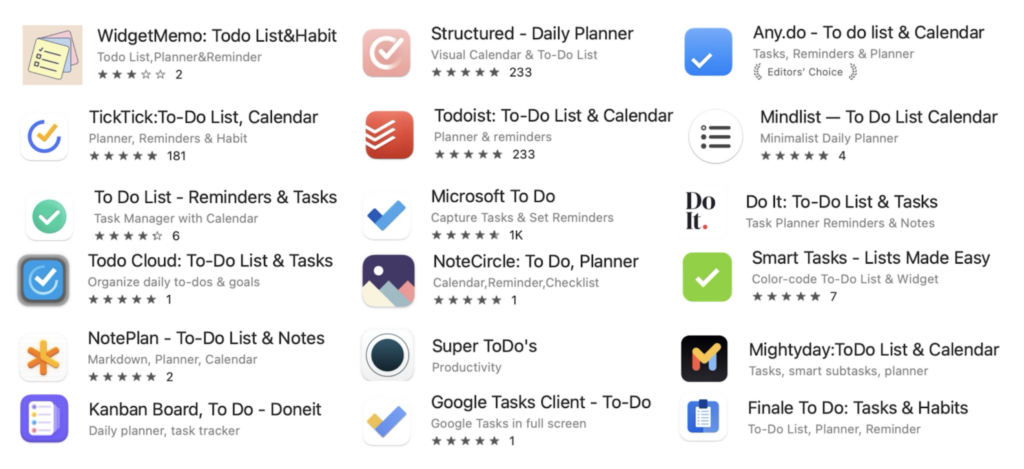
Todo is perhaps one of the domains that’s both easiest to describe, and most over-fished, but still every month another entrepreneur throws their hat in the ring. (I’m often told that Productivity apps is where good founders go to fail second time around)
Every one of these apps has an angle, the founder believes their workflow or habit should be encoded, specifically, as it’s what makes them distinctly productive. Some apps have due dates, some don’t. Some have binary states, some custom. Some are visual lists, some are Trello boards. Some nag you every day, some never bother you. Some have daily limits, and categories and tags, and some scream “No! simplicity is what’s most important”. There is a lot of depth to a surprisingly simple thing. This is all not to mention more aesthetic/superficial things like brand and UI, which can’t be discounted (we could do with some original app icons though).
So why am I saying all this? Well it comes down to this…

A lot of people confuse what they’ve heard of as “prompt engineering” with actually making important decisions regarding what you’re trying to do. Information Theory 101 says that if you want specifics in the outputs, you need them in the inputs.
So while prompting tricks (e.g., ‘Reflect on the 5–7 things you got wrong and think about how you’d make it right’—which, let’s be honest, sounds exactly like my Saturday morning after a big night out, maybe we really are all token-completers) will no doubt fade away, we will still need to know how to speak and clearly detail all our opinions and our tastes. And not to be all Rick Rubin but the premium on taste will definitely go up. In a world where everyone can get the first 70% of their app built in 20 seconds, the last 30% really really matters, so we’ll need to get really good at detailing specificities.
“Why can’t I just compile my pseudo code?”
Sidenote: This whole debacle has been an interesting flashback to my life as a university lecturer where (aside from recursion + pointers) the most common question you’d get from students was “Why can’t I just compile my pseudo code, why do I need all this public static void main String args nonsense”
Messy language choices aside, the answer is at an abstract level the exact same. The amount of information extracted from a system is limited by the amount of information fed into it, and abstracting away choices just limits the output range which ultimately limits your ability to program. The syntax forces the specificity: Print? Print where? Ah to System.out. Did you want this on a line by itself? Okay so it’s System.out.println, well why didn’t you say? End of sidenote, and thanks for staying with me 🙂
Motivating Specificity with UI
With Fin when we were building our Guidance feature, one thing we realised was that we needed to (ahem) “guide” our users into saying useful things, here’s the interface we ended up building. You’ll be shocked to hear that a lot of what we’re doing here is just forcing our users to be clear about how they want their bot to behave, by asking questions.
I suspect we’ll see that a lot in the near term, it’s not prompt-engineering, it’s about getting specificity from users who don’t read Hacker News and didn’t find the “walk me through it step by step” paper all that exciting
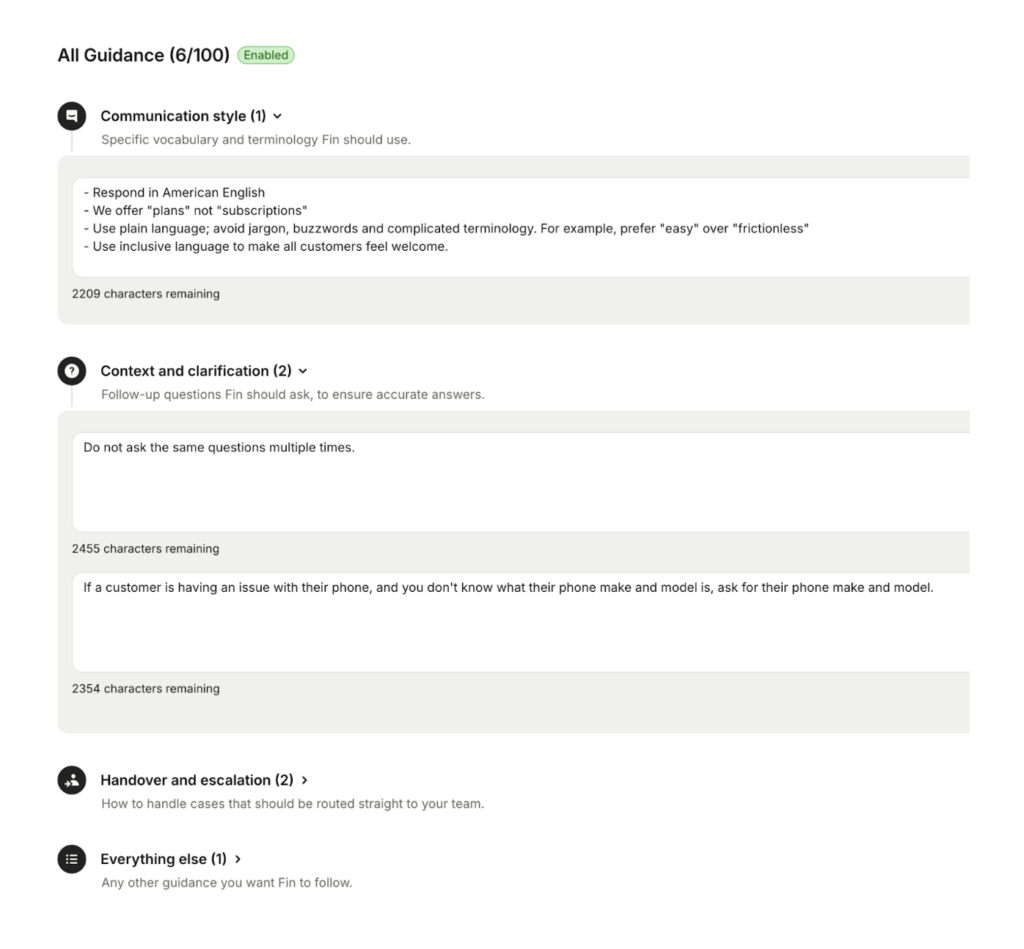
We had guidance in beta for a hot second when I read o1 Skill Issue a great article over all (on a similar theme) and found this visual
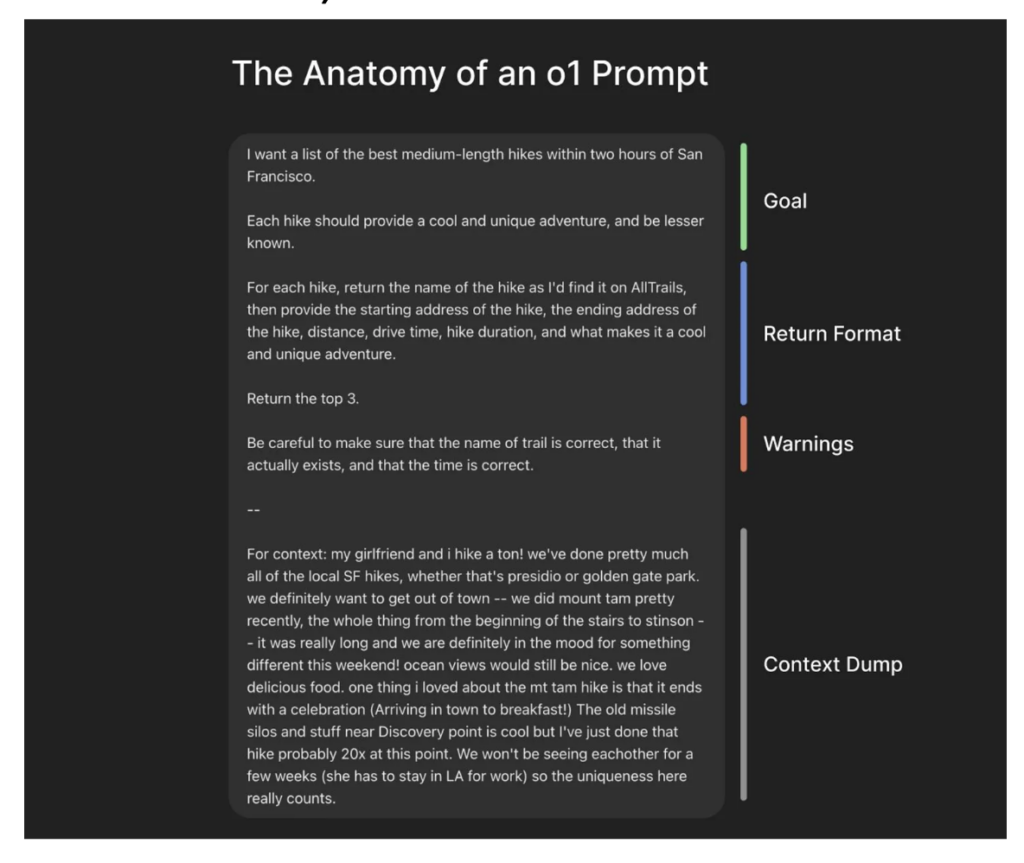
I suspect it won’t be long until the “text-to-app” products realise, as we did, that the best way to get specificity is to actually ask for it. What will that look like? Will it be a new type of PRD? An output from from a next gen product like ChatPRD?
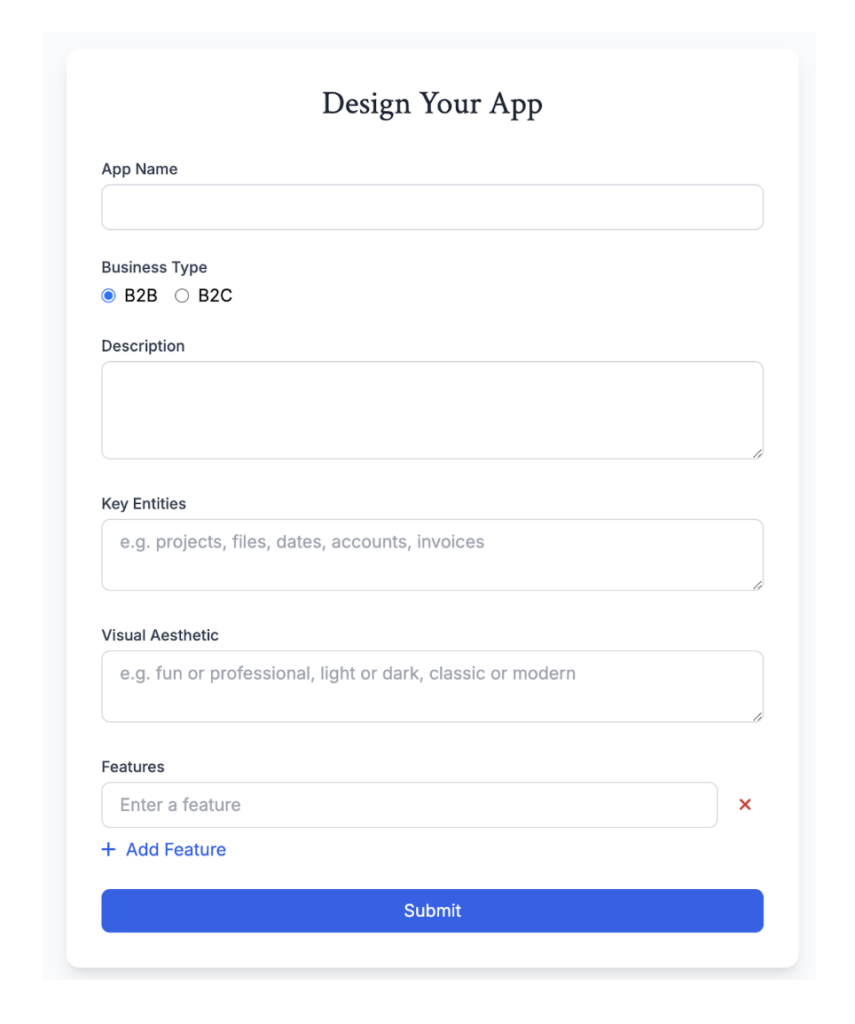
It’s hard to say what this new type of product specification UI will look like.
What I can say for sure is the following: Adding friction to these products (in the form of asking for more than 1 sentence) will definitely reduce conversions, and ultimately mean less apps get created, but it will result in better apps far more likely to actually be unique, distinct, and what the user actually wanted to create. Which matters more, right? RIGHT? We’ll find out soon enough.